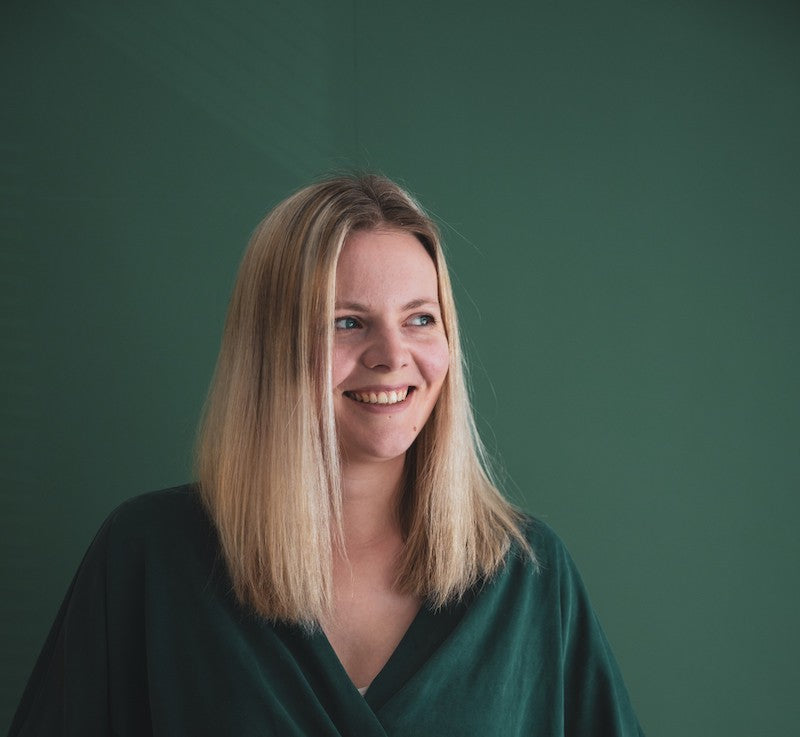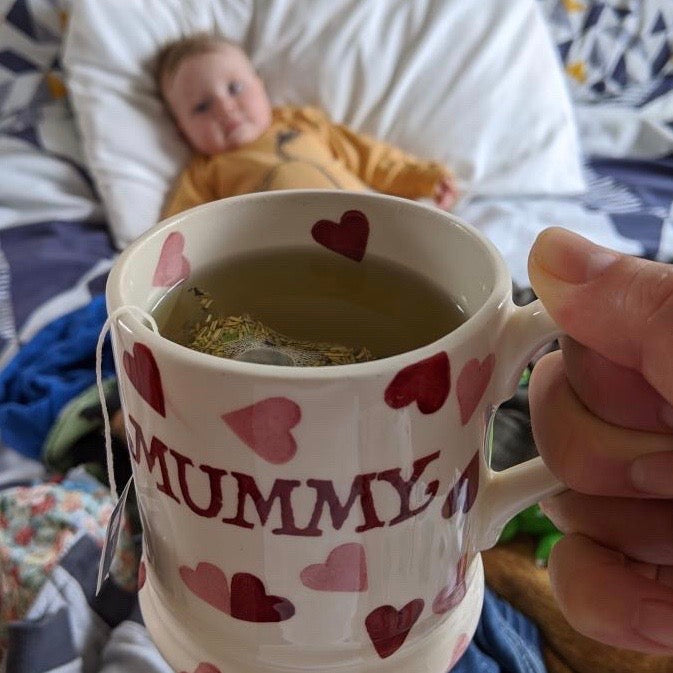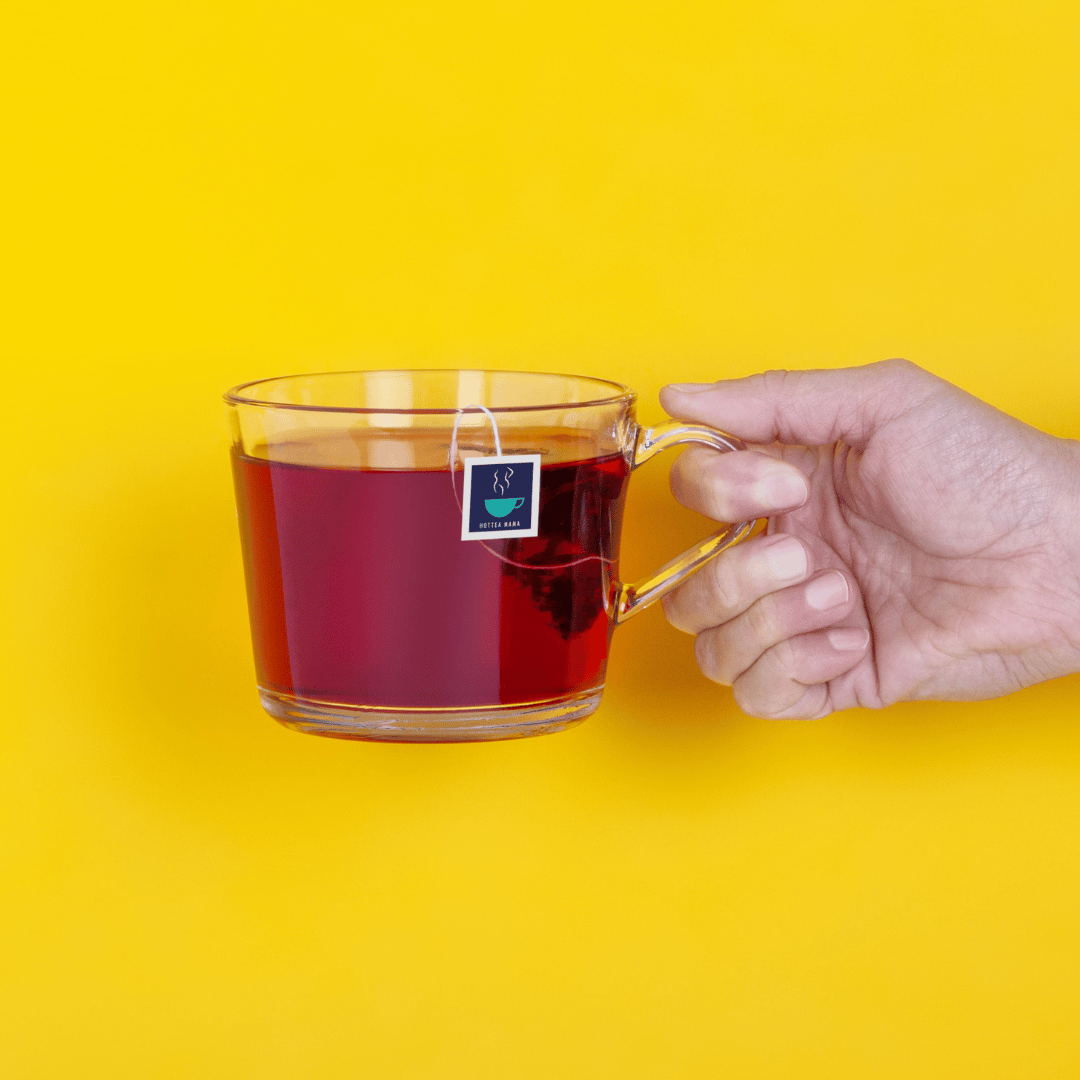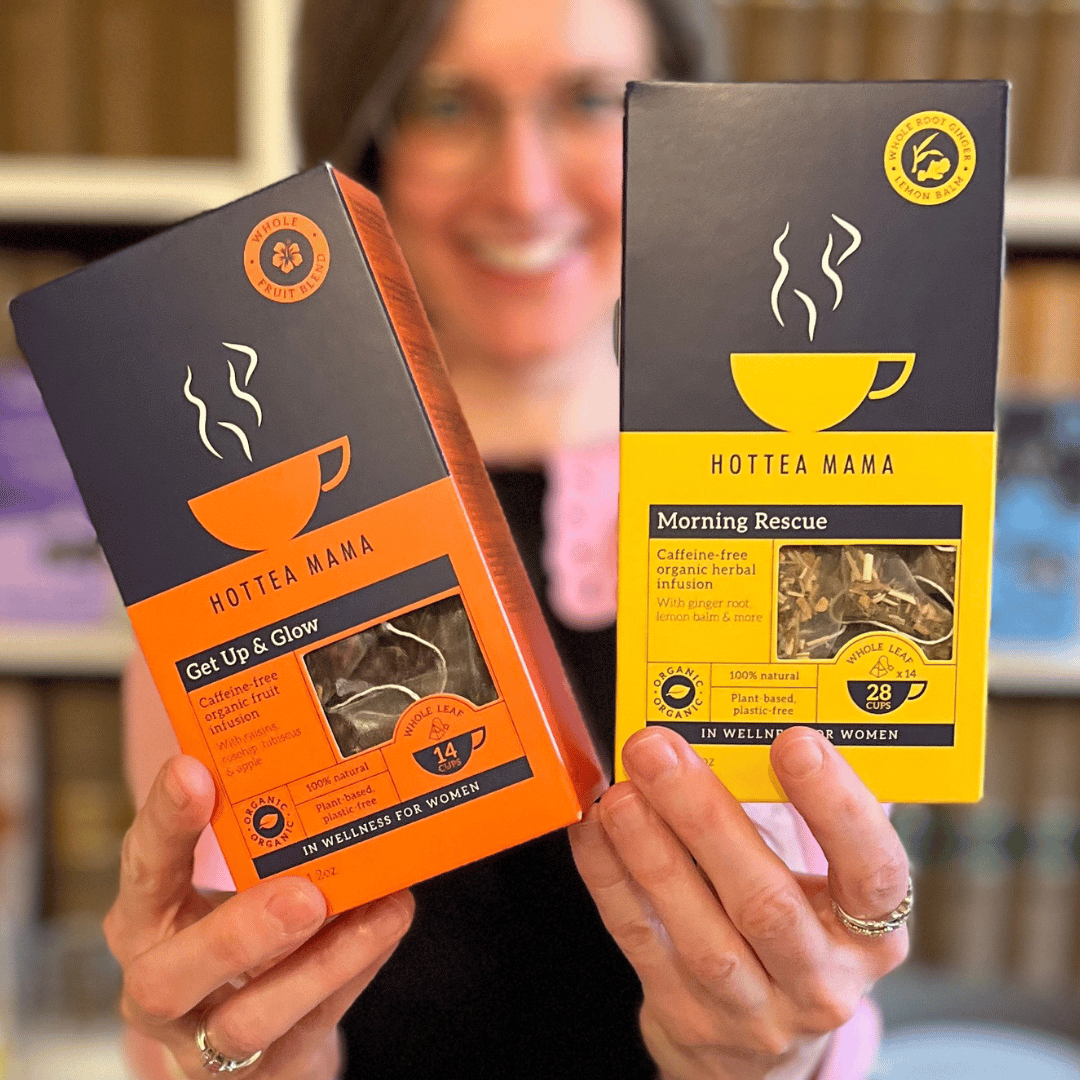Starting weaning – introducing solids to your baby

As your baby approaches 6 months, it’s time to start thinking about weaning – introducing them to the wonderful world of tastes, textures, colours and smells of food. For some people it is a time they will have been looking forward to, whilst for others it might feel slightly daunting and even create anxiety. It marks the start of a new phase of your babies development and signifies a shift in nutritional requirements, as they move from being reliant on you for milk, to learning how to feed themselves.
How do I know my baby is ready?
Babies are all individual, so it’s important to watch out for all the key signs that they are ready to start weaning, rather than choosing a date in the calendar:
- holding their head steady whilst seated
- Coordinating their hands, eyes and mouth
- Being able to eat more food than they spit out (sometimes referred to as tongue thrust reflex)
You can expect these to occur together around 6 months of age. There’s no nutritional or development reason to introduce foods much earlier than this, as breast or formula milk is providing them with all the nutrition that they need.
What should I start weaning with?
The start of weaning is all about exploration of new tastes and textures not about how much food is eaten – most babies will eat very little to begin with, and they will continue to be nourished by their milk.
Single cooked vegetables or fruits make great first weaning foods. They can be offered as soft cooked finger foods, mashed or pureed at first – choose an approach that you feel comfortable with, and a time that suits you and your baby.
Most sources of protein provide iron, as well as other important nutrients like zinc, and need to be offered from around 6 months, as babies iron stores are starting to run low. Depending on your preference, include meat, fish, eggs, beans, pulses and lentils on a regular basis– you can offer these as soft cooked finger foods, mashed or pureed.
When babies are first introduced to foods, particularly the ones that aren’t so sweet, like cauliflower and broccoli, they might pull a face and appear to not like them. This is a normal reaction to having such new and strong-tasting flavours, after they have been used to the sweet taste of milk for so long. Keep offering these foods regularly so that your baby gets used to them, and after a while they will happily be accepting them as well as the sweeter flavours.
How do I introduce allergens?
Understandably, you might be a bit anxious about giving allergenic foods to your baby for the first time, but it is actually important to expose babies to these allergens from the start of weaning.
Offer these foods one at a time and in small amounts, so that if any reaction does occur, you will be able to spot it easily. Once you know these foods are tolerated by your baby, continue to offer them regularly as part of your baby’s diet, as this will minimise the risk of allergy.
The main allergenic foods to introduce are cows’ milk, eggs, gluten, fish, shellfish, sesame, soya, nuts and peanuts. All of these foods can be given to your baby from around 6 months unless your baby already has a diagnosed food allergy, asthma or eczema – if they have been diagnosed with any of these already, then speak to your GP before offering any allergens during weaning.
How much should my baby eat?
Rather than focusing on how much your baby should eat, look out for the signs that they are full. They will let you know by closing their mouth firmly, turning their head away, pushing the spoon or food away from them, or getting very distracted. Try not to be tempted to encourage your baby to finish a bowl of food if they are showing sign of fullness. Instead take the food away and enjoy the next mealtime together.
Finger foods or purees?
All babies will get used to eating different textures at different rates, but it is important to offer mashed and finger foods from around 6-7 months so that babies learn to move food around their mouths and chew. If you do offer pureed food at the beginning, only do this for a short amount of time, before making food thicker and mashed in texture. Stay with your baby when offering food so that they are safe, but also allow them to explore feeding themselves, with a spoon or finger foods as this helps develop hand-eye coordination – skills which they need to feed themselves with cutlery as they get older. If the idea of finger foods makes you feel nervous, sign up for a baby first aid course, speak your health visitor or a baby feeding expert, like a children’s nutritionist or dietitian, who can reassure you and guide you through this stage.
There is lots of supportive information online to help with weaning, including recipe ideas and tips for cooking and preparing foods that are suitable for you and your baby to enjoy together. If you aim for weaning to be a time to explore lots of new tastes and textures with your baby, then it will be an enjoyable and memorable process!
Katie Angotti is a Registered Nutritionist, specialising in maternal and infant health. Katie works with 1:1 with families, supporting them with feeding challenges faced during weaning, and runs online weaning workshops for anyone getting ready to start weaning. Katie has worked for the NHS and baby food companies, talking about weaning with parents for over 10 years, as well as going through the weaning journey with her own toddler. You can contact Katie either on her website www.katieangottinutrition.co.uk or on Instagram @katieangottinutrition




Comments